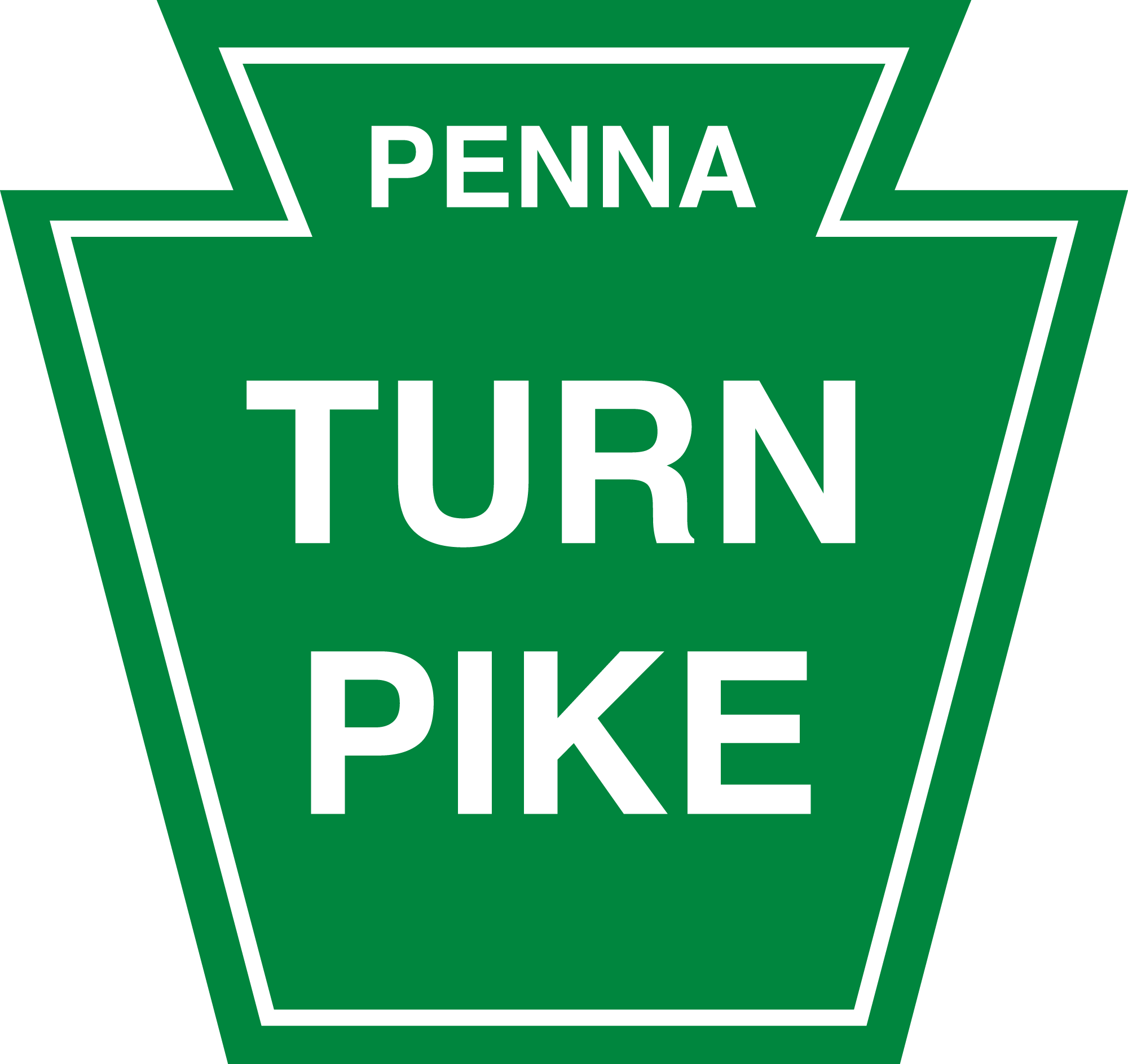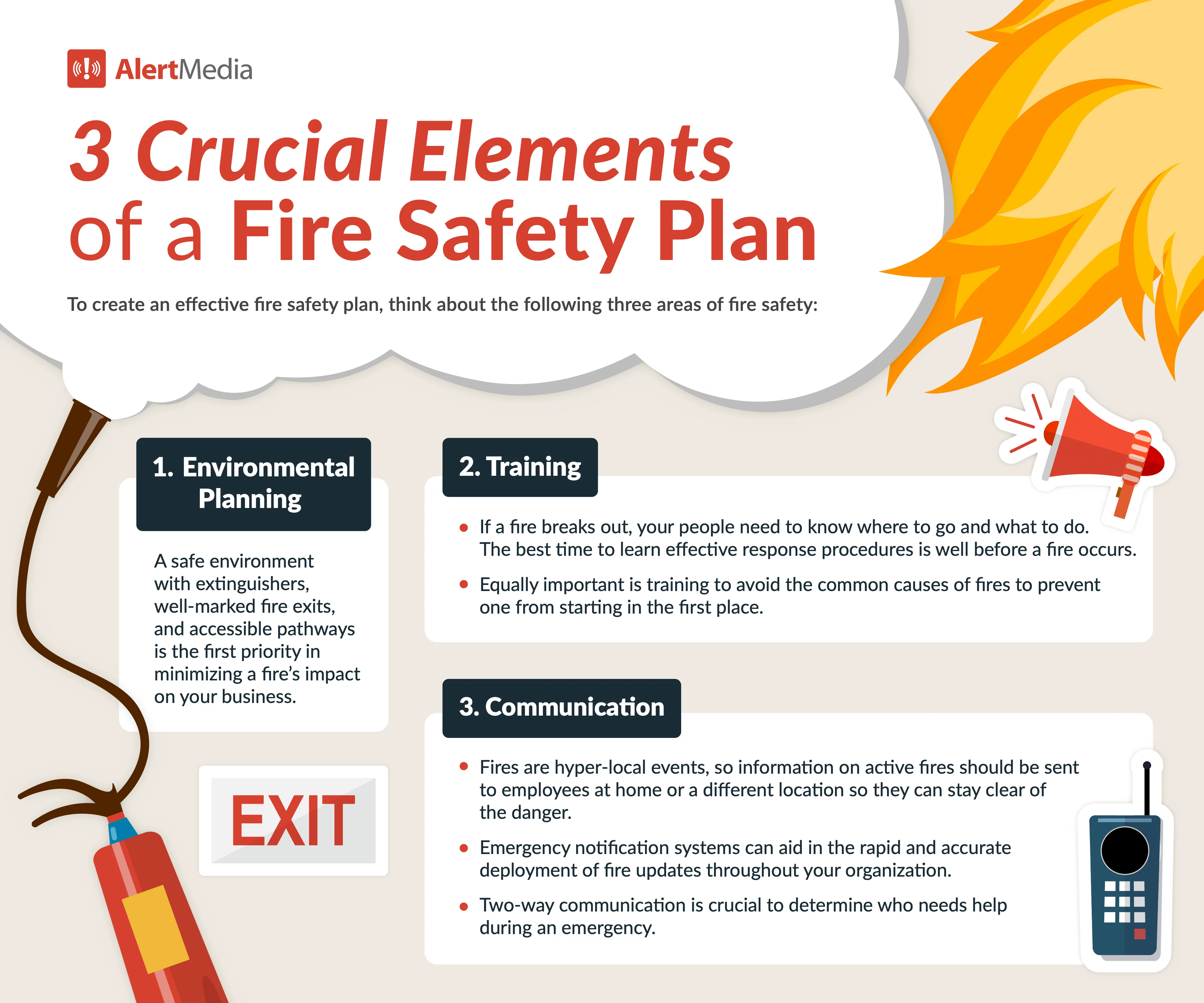"A Comprehensive Guide To Understanding Snow Squalls: Causes, Characteristics, And Safety Tips"
Editor's Notes: "A Comprehensive Guide To Understanding Snow Squalls: Causes, Characteristics, And Safety Tips" have published today. Have you ever been surprised by a sudden and intense snow squall? These weather events can be dangerous, especially if you're not prepared. That's why we've put together this guide to help you understand snow squalls, including their causes, characteristics, and safety tips.
We've analyzed and dug into a lot of information, and we believe that understanding snow squalls is important for a number of reasons.
Firstly, snow squalls are a relatively common weather phenomenon, especially in certain parts of the world. If you live in an area where snow squalls are common, it's important to be aware of them and know how to stay safe.
Secondly, snow squalls can be dangerous. They can cause whiteout conditions, making it difficult to see and drive. They can also lead to slippery roads, increasing the risk of accidents.
Finally, snow squalls can be disruptive. They can cause delays and cancellations of flights, trains, and other forms of transportation.
That's why we've put together this guide to help you understand snow squalls, including their causes, characteristics, and safety tips.
FAQ
This FAQ section aims to address some of the most commonly asked questions and misconceptions regarding snow squalls. A Comprehensive Guide To Understanding Snow Squalls: Causes, Characteristics, And Safety Tips
Question 1: What are the key characteristics of a snow squall?
Snow squalls are characterized by their sudden onset, intense snowfall, reduced visibility, and gusty winds. They typically last for less than an hour and can occur during both day and night.
Sean Akiyama on Twitter: "The juxtaposition of lake effect snow squalls - Source twitter.com
Question 2: What causes snow squalls to form?
Snow squalls form when cold, unstable air interacts with a relatively warm and moist body of water, causing the rapid ascent of moisture that leads to the formation of intense snowfall.
Question 3: How can I stay safe during a snow squall?
If caught in a snow squall, it is crucial to remain calm and take appropriate safety measures. Pull over to a safe location, turn on your hazard lights, and stay in your vehicle until visibility improves. Avoid driving unless absolutely necessary and be aware of potential hazards such as slippery roads and poor visibility.
Question 4: Are snow squalls common during all seasons?
Although snow squalls are most common during winter, they can occur at any time of the year when the necessary atmospheric conditions are present.
Question 5: What differentiates snow squalls from blizzards and snowstorms?
Snow squalls are distinct from blizzards and snowstorms due to their shorter duration and more localized nature. Blizzards are characterized by prolonged periods of snowfall, high winds, and severe visibility reductions, while snowstorms refer to general snowfall events that may vary in intensity and duration.
Question 6: How can I get real-time updates on snow squall warnings?
Stay informed and receive real-time updates on snow squall warnings by monitoring local weather forecasts and subscribing to weather alert systems provided by government agencies or reputable weather sources.
By understanding the nature of snow squalls and following recommended safety measures, we can minimize the risks associated with these weather events.
For a more comprehensive guide to snow squalls, covering topics such as their causes, characteristics, and safety tips, refer to the full article: A Comprehensive Guide To Understanding Snow Squalls: Causes, Characteristics, And Safety Tips
Tips
Snow squalls are sudden and intense bursts of snowfall that can create hazardous driving conditions. Follow these tips to stay safe when encountering snow squalls:
Tip 1: Be aware of the weather forecast.
Snow squalls can occur quickly, so it's important to check the weather forecast before traveling. If snow squalls are predicted, plan your trip accordingly or consider postponing it.
Tip 2: Reduce your speed.
When driving in snow squalls, reduce your speed significantly. This will give you more time to react to changing conditions and avoid collisions.
Tip 3: Use your headlights.
Even during the day, use your headlights to increase visibility. Snow squalls can reduce visibility significantly, so using your headlights will help other drivers see you.
Tip 4: Keep a safe distance from other vehicles.
Maintain a safe following distance from other vehicles to avoid rear-end collisions. If possible, leave extra space between your vehicle and the one in front of you.
Tip 5: Avoid driving if possible.
If you can, avoid driving during snow squalls. If you must drive, take extra precautions and be prepared for hazardous conditions.
Tip 6: Be prepared for reduced visibility.
Snow squalls can reduce visibility to near zero, so be prepared for this and adjust your driving accordingly. Slow down, increase your following distance, and be extra cautious.
Tip 7: Stay calm and focused.
It's important to stay calm and focused when driving in snow squalls. Panicking will only make the situation worse. Instead, take deep breaths and focus on driving safely.
Tip 8: Have an emergency kit in your car.
In case you get stranded in a snow squall, having an emergency kit in your car is essential. The kit should include items such as food, water, a flashlight, extra batteries, a blanket, and a first-aid kit.
By following these tips, you can help ensure your safety when driving in snow squalls.
A Comprehensive Guide To Understanding Snow Squalls: Causes, Characteristics, And Safety Tips
Snow squalls, intense and localized snowstorms, present unique safety hazards. Understanding their causes, characteristics, and implementing proper safety measures is crucial for ensuring well-being in these conditions.

Snow Squall Science, Communication, and Safety - Source www.weather.gov
- Sudden onset: Snow squalls develop rapidly, reducing visibility and making driving treacherous.
- Intense snowfall: These storms produce heavy and sudden snowfall, leading to accumulation and road closures.
- Limited visibility: Snow squalls severely restrict visibility, often to less than a quarter mile.
- Wind gusts: Strong winds accompany snow squalls, causing blowing snow and hazardous driving conditions.
- Short duration: While intense, snow squalls typically last for less than an hour.
- Safety precautions: Vigilance, reduced speed, and increased following distance are essential safety measures during snow squalls.
Snow squalls can pose significant risks. Their rapid onset and low visibility can lead to accidents. By staying informed, heeding forecasts, and taking appropriate safety measures, individuals can minimize the dangers associated with these storms.

The Complete Guide to Fire Safety in 2024 - AlertMedia - Source www.alertmedia.com
A Comprehensive Guide To Understanding Snow Squalls: Causes, Characteristics, And Safety Tips
Snow squalls are intense, short-lived bursts of snowfall that can create hazardous driving conditions. They are common in the winter months, especially in areas that experience lake-effect snow. Snow squalls can reduce visibility to near zero and make it difficult to control a vehicle. It is important to be aware of the causes and characteristics of snow squalls and to take precautions to stay safe when driving in these conditions.

Winter Safety Awareness Week | WDTN.com - Source www.wdtn.com
Snow squalls are caused by the interaction of cold air and warm, moist air. When cold air moves over a body of warm water, it picks up moisture. This moisture then condenses and freezes, forming snow. The snow is then blown by the wind, creating a snow squall. Snow squalls can be very localized, and they can occur at any time of day or night.
Snow squalls are characterized by their sudden onset and short duration. They can last for as little as 15 minutes or as long as an hour. Snow squalls can produce intense snowfall, with rates of up to 2 inches per hour. This can quickly create a dangerous driving situation.
If you are driving in a snow squall, it is important to take precautions to stay safe. These precautions include:
- Slow down and increase your following distance.
- Turn on your headlights and use your windshield wipers.
- Be aware of the road conditions and be prepared to stop suddenly.
- If possible, pull over to a safe location and wait out the snow squall.
Snow squalls can be a dangerous hazard, but by being aware of their causes and characteristics and by taking precautions to stay safe, you can reduce your risk of being involved in an accident.
Table 1: Causes and Characteristics of Snow Squalls
| Cause | Characteristic |
|---|---|
| Interaction of cold air and warm, moist air | Sudden onset |
| Lake-effect snow | Short duration |
| Cold air moving over a body of warm water | Intense snowfall |
| Low visibility |

